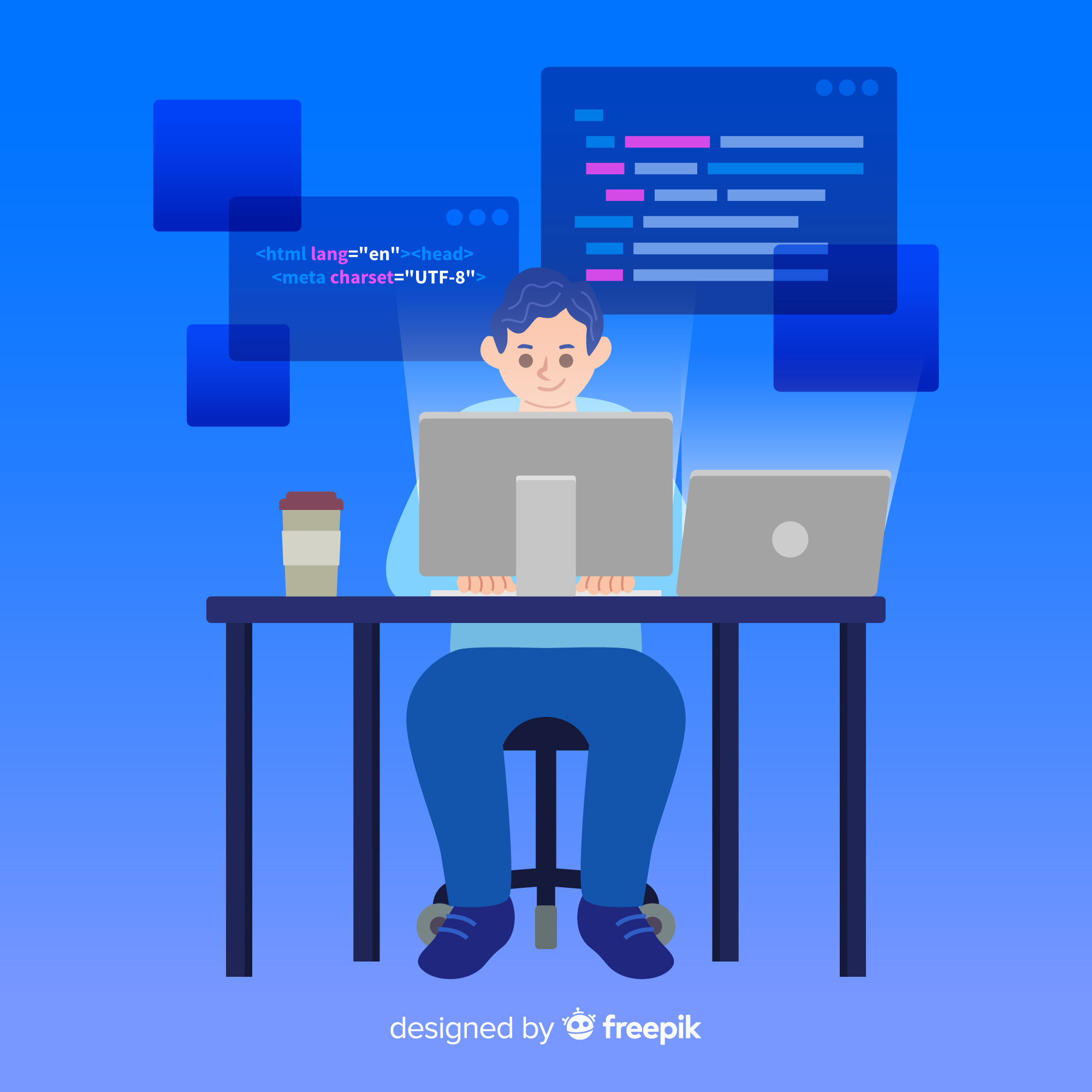Introduction
Front-end development is the fabrication of an interface with which the user engages to interact with the meat of the application. Technically known as client-side development, it is in a sense the cosmetic visage that the user sees and covers the nitty-gritties of the web-service.
Undoubtedly, it is the primary influence on the user’s initial perception of the business’s digital presence, and ideally establishes a promising emotional connection. Thus it is very important for the developer to craft it with serious thought and ensure a satisfying experience.
In order to create such a user-friendly website, one needs to have a good knowledge of HTML, CSS, and JavaScript. The main objective is to create interactive and visual aspects using a variety of programming languages, frameworks, and design tools.
However, just as software development continually goes through cycles of changes and upgrades, the front-end realm can change so rapidly that it can be dizzying trying to keep up.
One needs to constantly keep up with the trends and technologies that your fellow developers follow. To be a step-ahead, you have to be able to discern future trends that emerge as advancement happens.
Trends in Front-end Development
Low Code/No Code: This is the method of side-stepping the traditional coding methods and designing apps using drag-and-drop tools. It helps developers to create solutions for businesses quickly and efficiently.
Progressive Web Apps: This type of Apps, fill the gap between conventional websites and native mobile applications. They give you a similar experience of working on any device as long as you use the same browser.
Single Page Applications: With these applications you get all the required resources on a single page rather than switching numerous tabs resulting in a quicker and more responsive application. SPAs also offer dynamic features like live chat, real-time data updates, and interactive maps.
Server-Side Rendering: This method is particularly useful if your device has limited processing power. It shifts the rendering process to the server and thereby enhances the performance and user experience.
Autocoding Platforms: These platforms use AI and ML to automate the coding process for developers. Developers can focus on the important parts rather than laboring over simple oft-repeated code that can be drafted automatically
Microservices over Monolithic Applications: Microservices architecture means dividing the application into smaller services, thereby reducing the time taken for each individual service instead of rendering the entire processes in the case for monolithic applications.
JavaScript: JavaScript is and probably will always be the most versatile programming language in web development. It helps in building scalable, dynamic, and interactive websites.
NoSQL Databases: This technology helps you in the storage and query of data. It offers scalable, high-performance, and adaptable data storage options and has a great impact on front-end development
Chatbots and AI: Chatbots are changing the game by giving users personalized, instant help and recommendations. Amazon uses chatbots to make customer service faster and more efficient. They also allow data collation on users which can be used for smart marketing.
Offline Accessibility: This means accessing valuable content from the browser even when the internet is not connected. Thus you can access content offline and can get the updated content when the network is restored.
Conclusion
The landscape of Front-End development in 2024 opens a vast sea of possibilities. With innovation and experimentation being the core themes, one can easily forecast digital experiences reaching a new benchmark of personalization, engagement, and contentment.
Embracing the emerging trends in frontend development is crucial for developers to stay ahead of the competition. As one navigates through the dynamic landscape of frontend development, consider leveraging these trends to unlock new opportunities and advance to the next stage of success !
